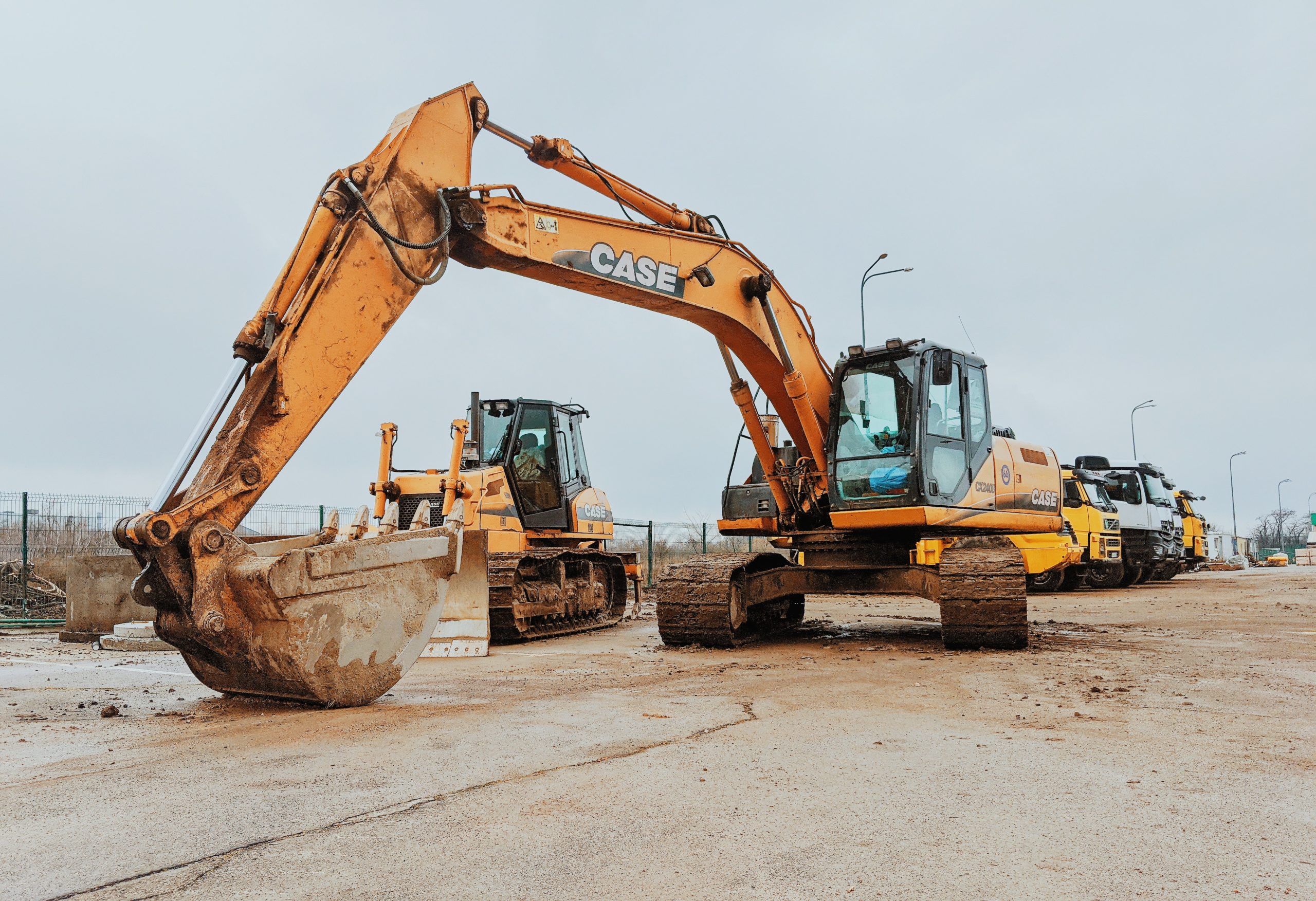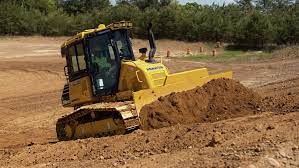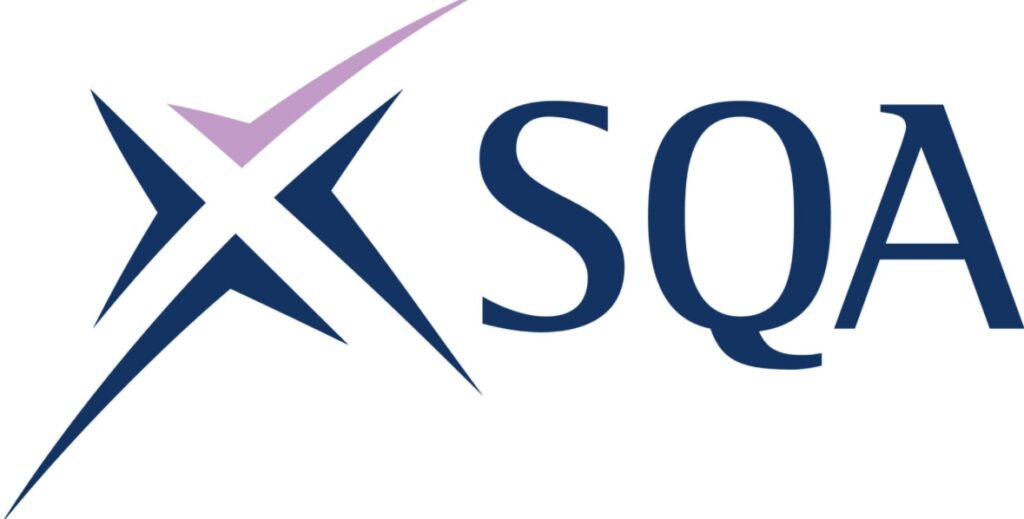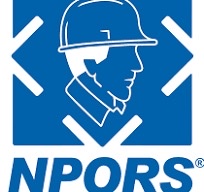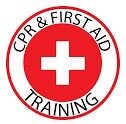N100 Excavator as a Crane
Home » N100 Excavator as a Crane
While excavators are primarily used for digging and material handling, they can also be utilized for lifting heavy loads when equipped with appropriate attachments. However, using an excavator for lifting purposes requires additional training and certification to ensure operators understand the unique safety challenges and operational techniques involved.
The NPORS N100 Excavator as a Crane Course includes extensive practical training where participants get hands-on experience operating an excavator in lifting scenarios. Under the supervision of NPORS-accredited instructors, trainees will practice essential lifting techniques and safety protocols in a controlled environment.
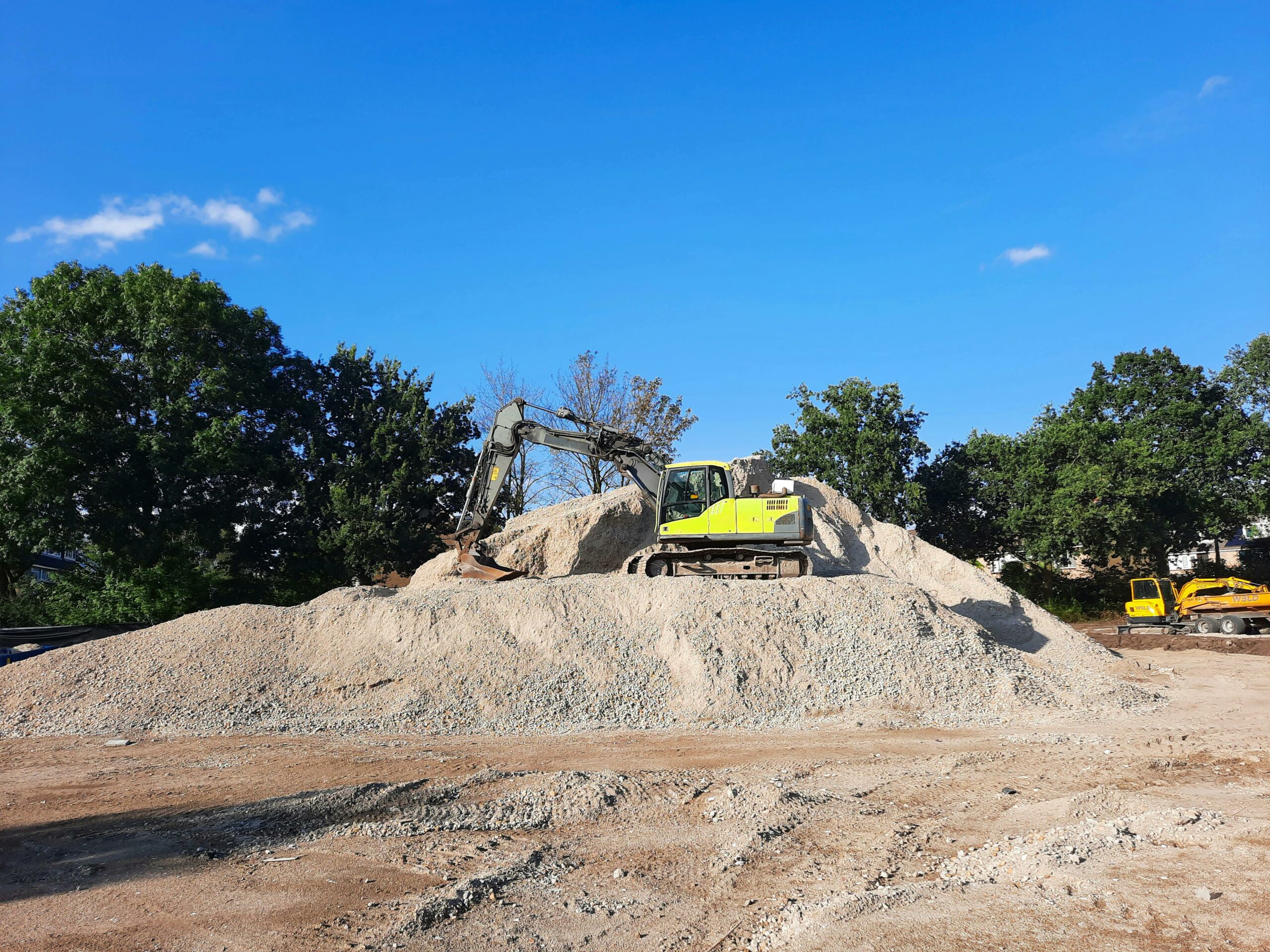
Whats covered?
– Understanding the excavator’s capabilities when used as a lifting device.
– Overview of the different types of excavators and attachments suitable for lifting operations.
– Identifying the correct procedures for crane-like operations with an excavator.
Health & Safety Legislation
– Thorough understanding of relevant health and safety regulations, including the Lifting Operations and Lifting Equipment Regulations (LOLER) and Provision and Use of Work Equipment Regulations (PUWER).
– Importance of conducting risk assessments before lifting operations.
– How to ensure site safety and prevent accidents during lifting activities.
Pre-Lifting Inspections and Maintenance
– Carrying out pre-operational checks to ensure the excavator is suitable for lifting and in safe working condition. Inspecting lifting accessories, including hooks, slings, and chains, for damage or wear.
– Understanding load charts and how to determine the safe working load (SWL) of the excavator during lifting tasks.
Using Lifting Attachments
– Proper fitting and securement of lifting attachments to the excavator, including hooks, slings, and shackles.
– How to safely lift and lower loads using these attachments, maintaining control and balance throughout the operation.
– Instruction on how to calculate load weight and ensure the excavator is not overloaded.
– Safe lifting practices, including how to maintain load stability while lifting and moving loads.
– Controlling the excavator’s arm and boom to ensure smooth and precise movements during the lifting operation.
Signaling and Communication
– Effective use of communication signals between the excavator operator and the designated banksman or signaler.
– How to follow hand signals and verbal instructions for safe lifting coordination.
Working Around Hazards
– Safe operation when working in confined spaces or near other machinery and workers.
– Managing potential hazards such as overhead power lines, underground services, and uneven terrain.
– Emergency procedures and how to respond to issues like load shifts, equipment failure, or instability during lifting.
End-of-Day Procedures and Maintenance
– Proper shutdown and securing of the excavator after lifting operations. Post-operation checks to ensure the machine and lifting accessories are in good condition.
– Recording any maintenance needs or safety concerns for follow-up action.
Ready TO RECEIVE YOUR qualification ?
All our trainers’ assessor testers are fully qualified within multi competency skills CPCS, NVQ and SENTINEL
We offer a friendly hands on approach using real world experience to help install a fuller more comprehensive course enabling the candidates to benefit from our years of experience.
Why Choose DDRF Training
Experienced Trainers
Our NPORS-accredited instructors bring years of hands-on industry experience to the course.
Comprehensive Training
We provide a balanced mix of theory and practice to ensure participants develop both the knowledge and practical skills needed to succeed.
Flexible Scheduling
We accommodate your schedule, offering flexible training dates and times to fit your needs.
Post-Training Support
We provide support for recertification and ongoing training to ensure operators maintain their skills over time.
